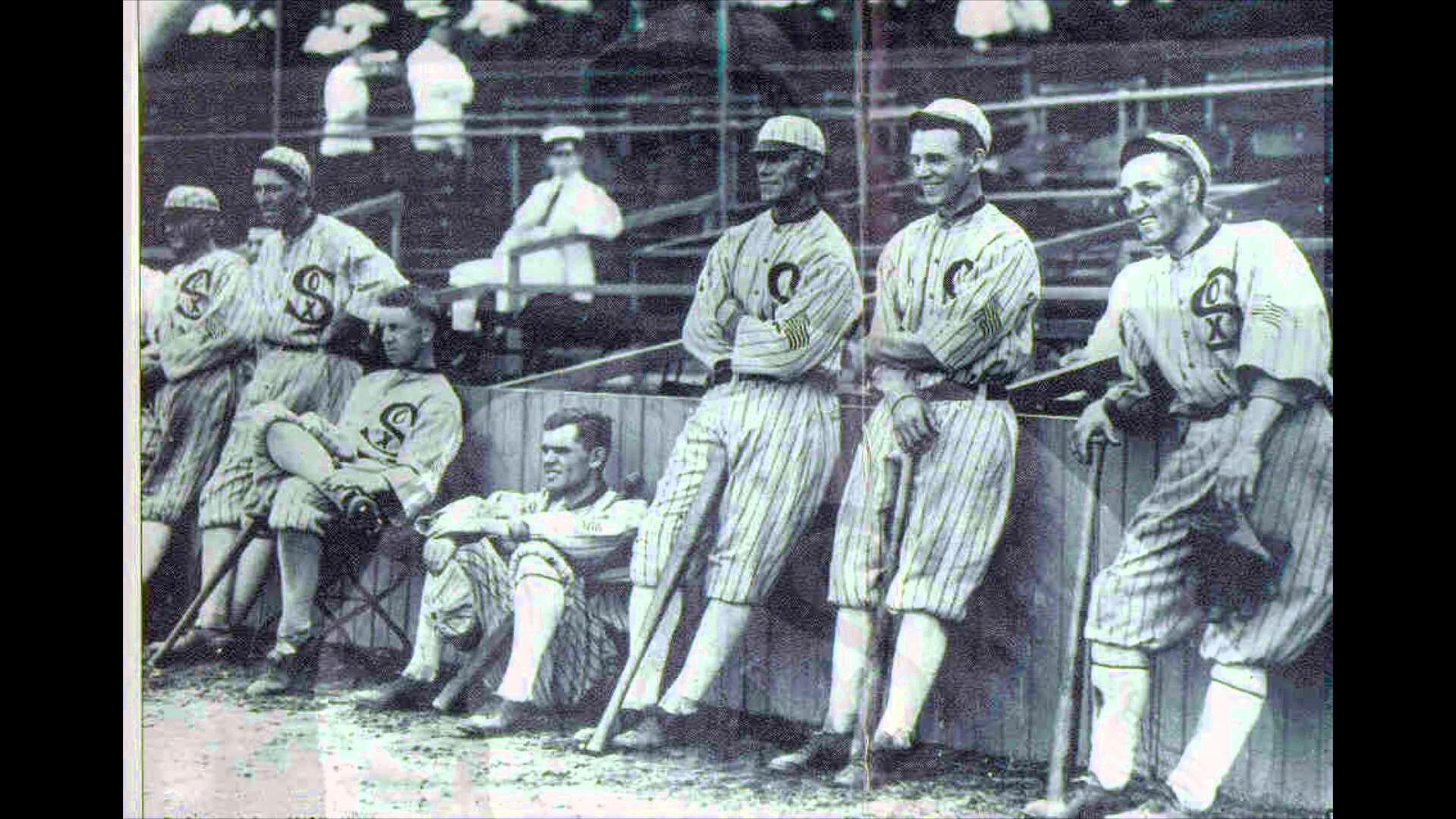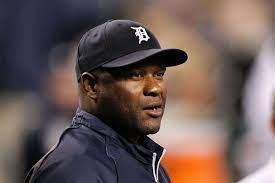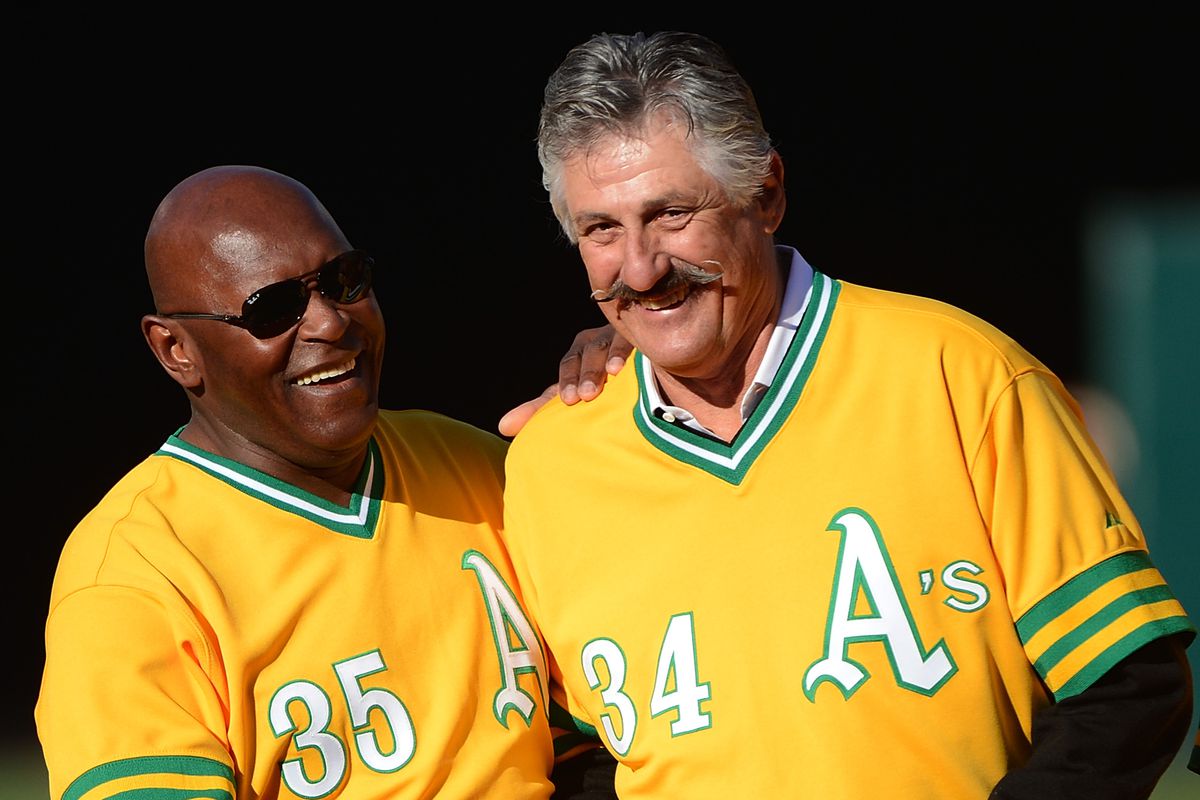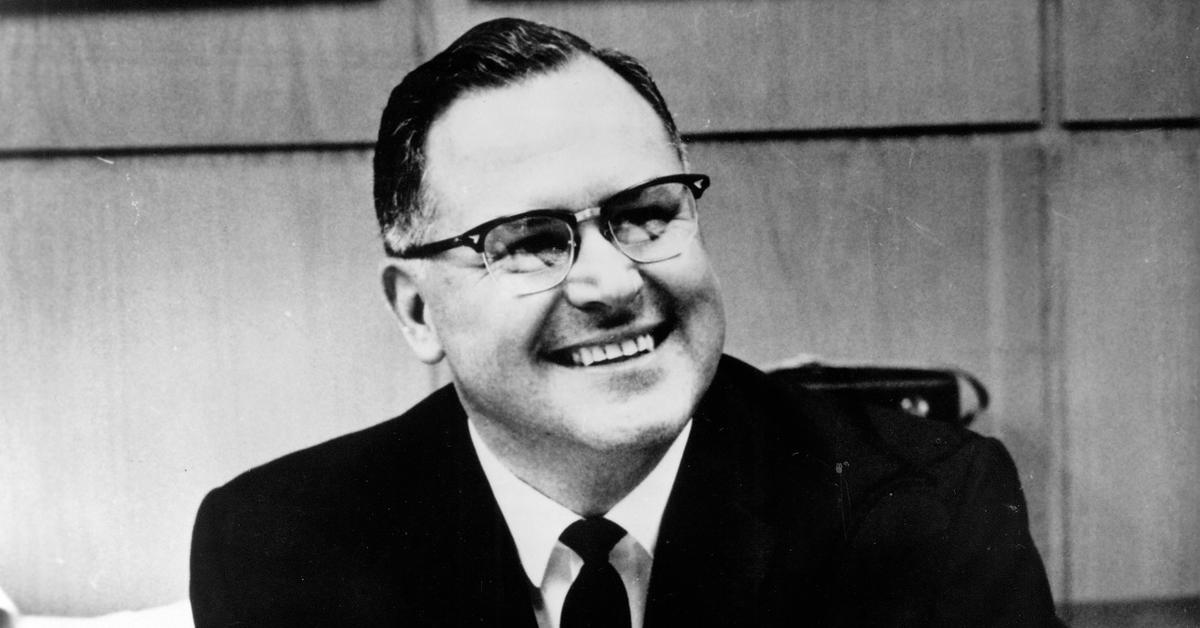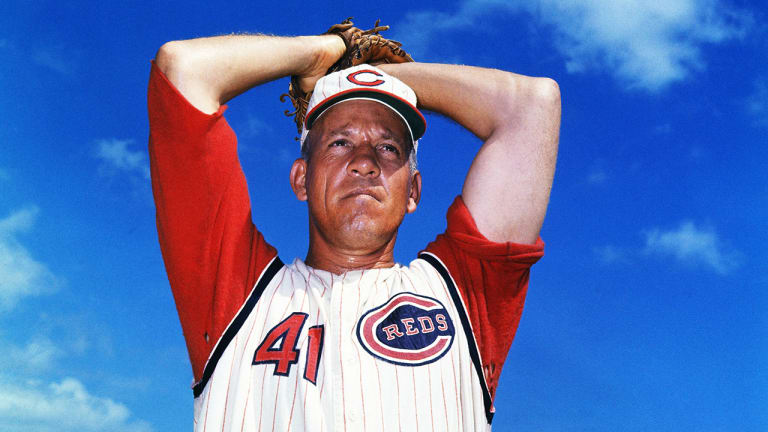The conspiracy to fix the 1919 World Series between the Chicago White Sox and Cincinnati Reds is the biggest scandal in major league baseball history.

The Black Sox scandal is the name given to the conspiracy between a group of Chicago players and gamblers that resulted in the permanent banishment of eight members of the White Sox, the introduction of the post of commissioner, and strict rules prohibiting gambling on the game that live on to this day. The 1919 Chicago White Sox were considered the best team in baseball, having gone 88-52 to win the American League pennant by three-and-a-half games. Two years earlier, this same group of players had won 96 regular season games and claimed the World Series title. The Sox were owned by Charles Comiskey, who was widely disliked and resented by his players for his miserliness. In those days, baseball’s reserve clause prevented players from changing teams without the permission of their owner, so if they did not accept the contract offered them they could not play elsewhere. The was no union so players had no bargaining power. Comiskey took advantage of his power, underpaying his players despite having some of the best talent in the major leagues. The White Sox were divided into two factions, straitlaced players—later called the “Clean Sox”—and the others. The only thing they had in common was a deep resentment of Mr. Comiskey.


Sometime in the late summer of 1919, White Sox first baseman Arnold “Chick” Gandil and pitcher Eddie Cicotte approached Joseph “Sport” Sullivan, a well-known Boston gambler, about “fixing” the World Series. At the time, gambling on baseball was rife and rumors abounded about fixed games—ignored by team owners and administrators—during the regular season. Gandil, Cicotte and six other teammates—pitcher Claude “Lefty” Williams, outfielders “Shoeless” Joe Jackson and Oscar “Happy” Flesch, and infielders Charles “Swede” Risberg, George “Buck” Weaver and Fred McMillan—were involved in the fix. Weaver took himself out of the fix before the Series began and received no money from the gamblers while Jackson, who did not attend any of the pre-Series meetings, received $ 5,000 for his part. Before the Series, Sullivan approached wealthy New York gambler Arnold Rothstein to provide the money for the players, who were promised a total of $ 100,000 [over $ 1.4 million today]. Rachie Brown served as the conduit between Rothstein and the conspirators. Allegations that the “fix was in” circulated before the Series began on October 1, and Chicago Herald & Examiner sports writer Hugh Fullerton later wrote that he approached Comiskey before Game One, demanding that he do something to stop the “crooked” Series.


The first game took place at Crosley Field in Cincinnati, with Cicotte—who had gone 29-7, pitched 30 complete games, struck out 110 and had an ERA of 1.82 during the regular season—on the mound for Chicago. Cicotte hit lead-off batter Morrie Roth with the second pitch of the game, a prearranged signal to Rothstein that the game was going to be “thrown,” or lost intentionally. Cicotte gave up five runs before being replaced and the Reds triumphed, 9-1. “Lefty” Williams, who had gone 23-11 during the regular season, took the mound for Chicago in Game Two, giving up four runs while Gandil went hitless in several clutch situations, and the White Sox lost, 4-2. The Series headed to Chicago, where Dickie Kerr—who was not in on the fix—shut out the visiting Reds, 3-0, at Comiskey Park. Cicotte lost Game Four to put Cincinnati up, 3 games to 1, before rain delayed Game Five for a day. On Monday, October 6, Williams—the Game Two starter—shut out the Reds for five innings before a poor throw by Flesch filled the bases. Following another defensive lapse by Flesch, Cincinnati scored two runs en route to a 5-0 shutout and a four-games-to-one lead. Due to increased enthusiasm in baseball following World War I, Major League Baseball decided on a best-of-nine format for the 1919 World Series, which is why the Reds 4-1 lead was not enough to give it the world championship. Chicago won Games Six and Seven to send the Series back to the Queen City. The night before the game, Williams, who was due to pitch, was visited by a hitman who threatened to kill his wife if the outcome of the game was in doubt after the first inning. Williams obliged, throwing nothing but mediocre fastballs and giving up four straight hits while allowing three runs before being lifted in the first inning. On the 48th anniversary of Mrs. O’Leary’s cow causing the worst fire in Chicago history, the Sox lost, 10-5, and the Red Legs captured their first World Series title in franchise history. Afterward, Hugh Fullerton—disgusted by the White Sox display of ineptitude—wrote that “no World Series should ever be played again.”

Rumors of a Series fix dogged the Sox throughout the 1920 season and a grand jury was convened in September to investigate. Eddie Cicotte and Joe Jackson confessed their participation in the scheme and Comiskey suspended the seven players still in the majors [Gindal was not with the team in 1920]. In October, the grand jury implicated the players along with five gamblers, including Rothstein – with a trial set for June 1921 in Chicago. Prior to the 1921 season, the baseball owners, concerned about the reputation of their game, appointed widely respected federal judge and noted baseball fan Kenesaw Mountain Landis as the first Commissioner of Baseball. Landis insisted upon being granted unchecked power over the sport and the owners agreed. He would be harsh on gambling and was committed to restoring America’s confidence in its national pastime. On August 3, 1921, the players and gamblers were acquitted of any wrongdoing. The following day, Landis banned them from Major League Baseball for life. Since the Black Sox scandal, MLB has had no tolerance for gambling, as evidenced by its position in the case of Pete Rose. The scandal destroyed the Chicago White Sox, who would not return to the World Series until 1959, and not win another championship until 2005.
“Regardless of the verdict of juries, no player who throws a ball game, no player who undertakes or promises to throw a ball game, no player who sits in confidence with a bunch of crooked ballplayers and gamblers, where the ways and means of throwing a game are discussed and does not promptly tell his club about it, will ever play professional baseball.”– Kenesaw Mountain Landis

